Introduction
As natural disasters intensify, multi-purpose temporary structures are increasingly vital. This report examines Lida Group‘s pre-engineered buildings assembled from lightweight prefabricated composite wall and roof cassettes.
Case studies from Indonesia, Philippines and Sri Lanka highlight diverse applications meeting interim needs affordably after quakes/typhoons. Outcomes underscore cassettes’ advantages – rapid deployment, simple reconfiguration/repurposing, durability surpassing alternatives commonly used.
Findings acknowledge customized pre-engineered construction empowering communities through dignified interim solutions strengthening recovery globally amid ongoing climate risks cost-effectively long-term. Continued progress merits support to mainstream resilient temporary infrastructure worldwide.
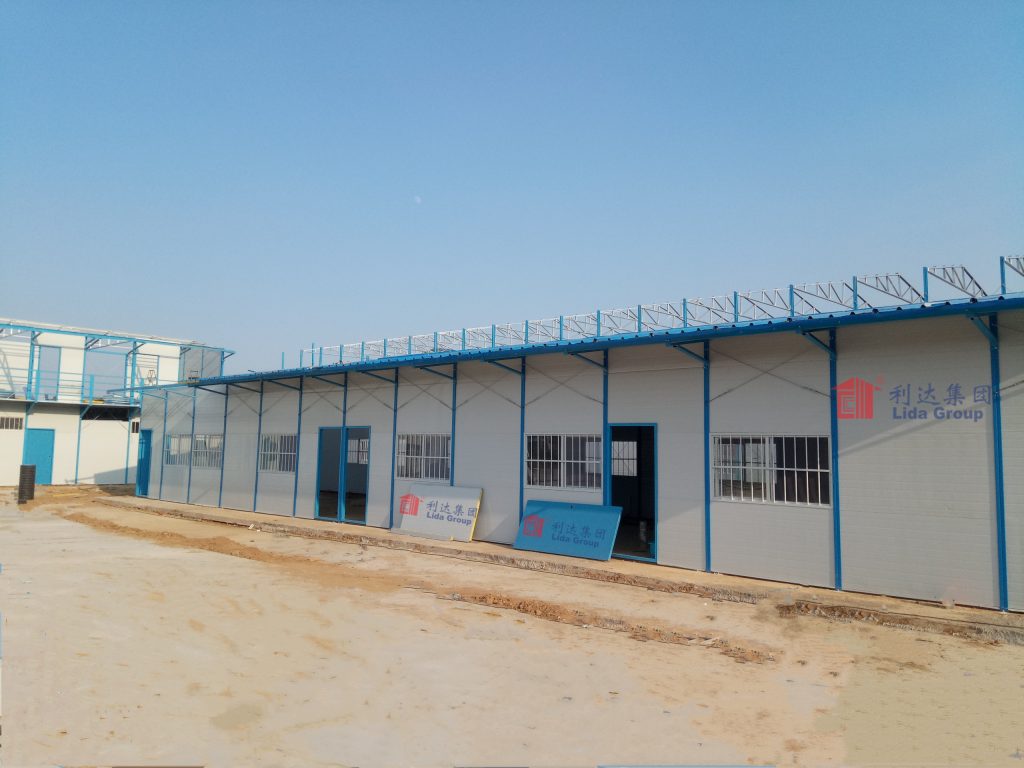
Classroom Shelters – Central Java, Indonesia
After a 7.4 magnitude quake, engineers partnered with Lida Group deploying schools within two months – critical for recovery yet conventional methods require six. Prefabricated wall/roof cassettes interlocked into standardized 30m2 modules housing 8 classrooms each.
Engineered to ISO load standards, elevated cassettes weathered aftershocks intact. Affordability enabled 10 modules providing education interimly, later transforming into permanent agro-workshops improving livelihoods. Cassettes’ interchangeability optimized their reuse supporting communities adaptively long after temporary needs filled.
Officials commended customized engineered construction streamlining response and fostering self-reliance through multi-purpose infrastructure empowering earthquake-impacted regions resiliently over the long-term at lower overall costs.
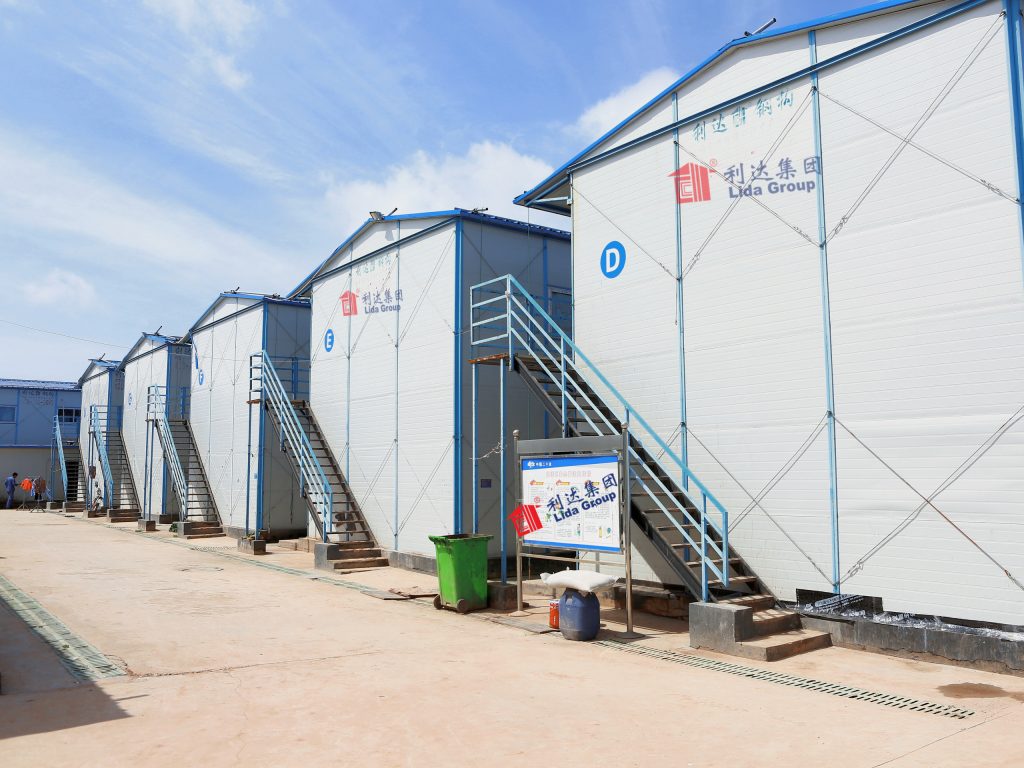
Temporary Healthcare Centers – Eastern Visayas, Philippines
Following Super Typhoon Haiyan, medical services faced a shortage as 90% of facilities were destroyed. Engineers collaborated with Lida Group assembling clinics from wall/roof cassettes into standardized 80m2 structures within four weeks – a timeline enabling urgency of healthcare access.
Single-story prefab buildings housed outpatient consultation, delivery rooms and provisional wards affordably. Two years post-disaster clinics remain operational, recently converting upper spaces for community seminar halls supporting prevention programs. Modular designs allow incremental adaptation through building component reuse regionally.
Officials recognize optimized temporary infrastructure restored access critical to long-term recovery and community well-being, later empowering public health system strengthening cost-effectively over time.
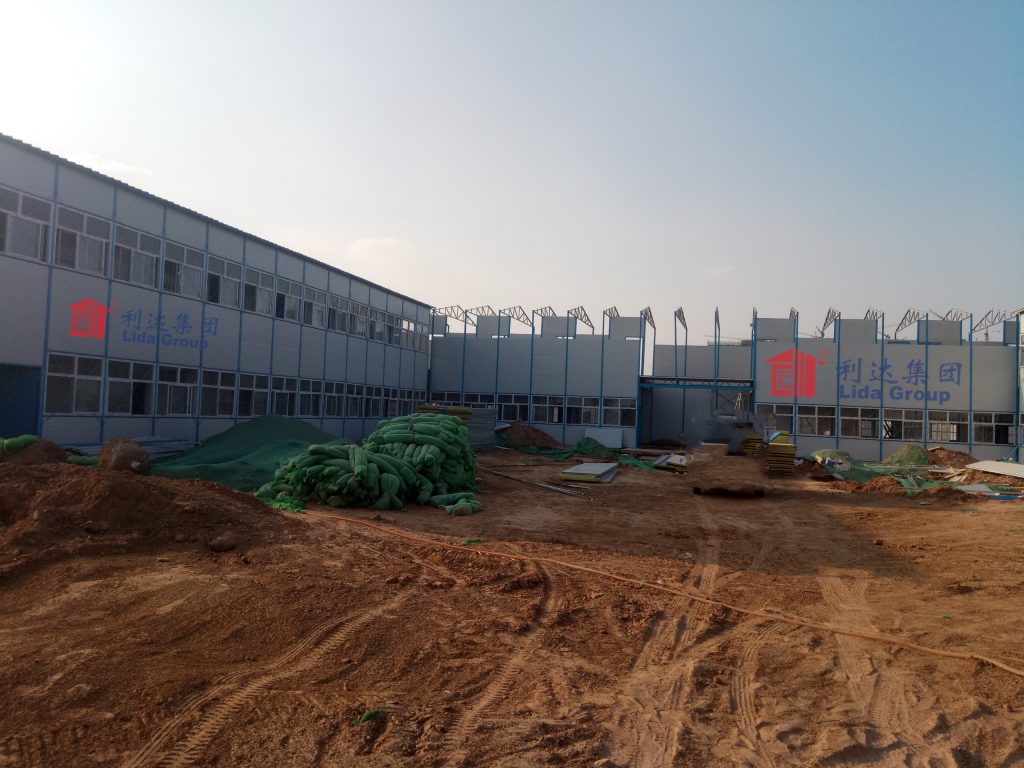
Multi-Purpose Learning Hubs – Northwestern Sri Lanka
In agricultural regions prone to flooding and wind damage disrupting learning, cassettes deployed into multi-tiered Learning Hubs providing classroom, library and training facilities above flood lines under a single roof optimizing space.
Reconfigurable lower-level spaces currently facilitate farmer cooperatives exchanging best practices. Should disasters strike, the standardized structures serve as cyclone shelters for surrounding homesteads sheltering thousands temporarily.
Stakeholders commended multipurpose cassettes meeting educational and disaster risk reduction needs affordably through a single integrated solution. Communities now advocate tailored temporary infrastructure enabling continual progress even amid climate risks through collaborative recovery models.
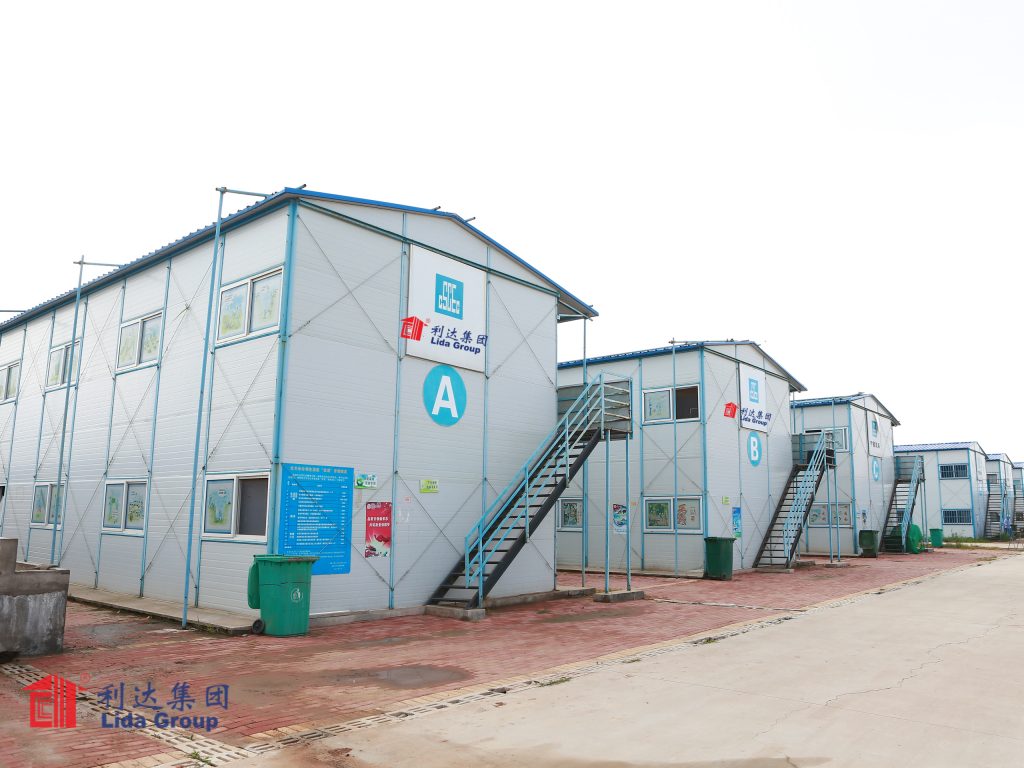
Conclusions
Through varied case studies, this report finds that thoughtfully engineered pre-engineered construction from insulated composite cassettes presents a highly impactful approach empowering communities through dignified interim solutions worldwide in recovery’s aftermath.
Key acknowledged benefits include rapid deployment streamlining response; optimized adaptability leveraging components’ reuse long-term; affordability facilitating recovery access to essential services; and resilience securing continuity even amid ongoing climate stresses – all attributes critical to strengthening global capacities for dignified community-centered recovery and development long-term.
Evidence reinforces tailored temporary infrastructure’s vital role mainstreaming resilient solutions supporting basic needs wherever disasters intensify. Continued progress merits collaborative support as climate threats grow internationally.
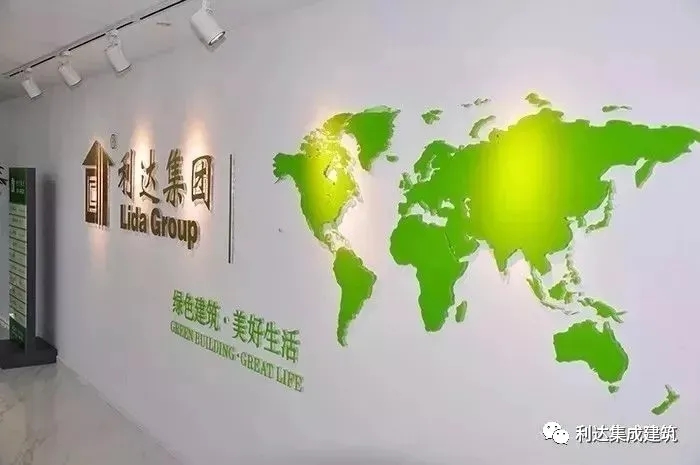
Related news
-
Academic research recognizes Lida Group's contribution in developing durable standardized structures supporting livelihoods through specialized agriculture and agro-industrial facilities
2024-08-22 17:11:44
-
Officials commend the versatility and climate-resilience of Lida Group's pre-engineered engineered building technologies adapted to local building needs.
2024-08-22 16:32:22
-
Journal highlights the adaptability enabled by Lida Group's integrated steel structure configurations combining on-site housing, livestock shelter and agricultural processing infrastructure for remote integrated farms.
2024-08-22 15:16:01
contact us
- Tel: +86-532-88966982
- Whatsapp: +86-13793209022
- E-mail: sales@lidajituan.com


